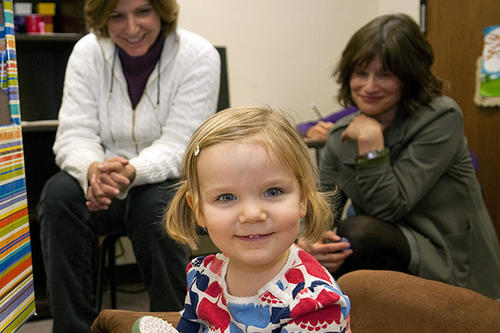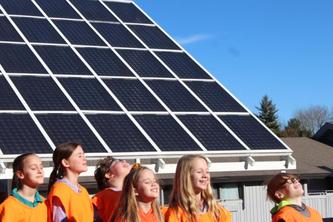
How does a child’s mind work? And how, through such understanding, can we ensure that all children succeed? That’s the work being undertaken by researchers Maria Sera and Melissa Koenig as they explore how children learn new languages.
Professor Sera and associate professor Koenig are researching the relationships between language and cognitive development. They’re gaining insight into how young children learn languages and whether their processes and abilities vary when they are learning their native tongue or a new language.
Sera and Koenig are not only uncovering new ways to help English language learners become proficient faster, they’re also finding more effective methods for teaching a new language to English speakers. It’s an especially important effort because by 2030, an estimated 40 percent of students in U.S. schools will be non-native English speakers.
“We know that there is an achievement gap between non-native speakers of English and native speakers of English in schools,” says Sera. “But before we began this work, we thought that young children learning a second language would learn it quickly, and we saw it wasn’t as quickly as we thought.”
Some of these results could change the way educators approach teaching English language learners, Sera says. Currently, the generally accepted practice is to encourage non-native English speaking families to speak to their children in English as much as possible to help them learn the new language.
“This has immediate consequences for the classroom,” says Koenig. “When educators have kids in their classrooms with a minority-language status, you don’t want to ask them to lose that in favor of just focusing on the dominant language. You want a curriculum that supports their strengths. Keeping their native language strong will only support their acquisition of English.”
- Categories:
- Education





